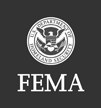Know the Facts

Do you know about different kinds of weather events and other unexpected situations? The words and terms you hear during emergencies can be confusing. Here's an overview of the most common terms, as well as Web sites you can visit for more information!
Tornado
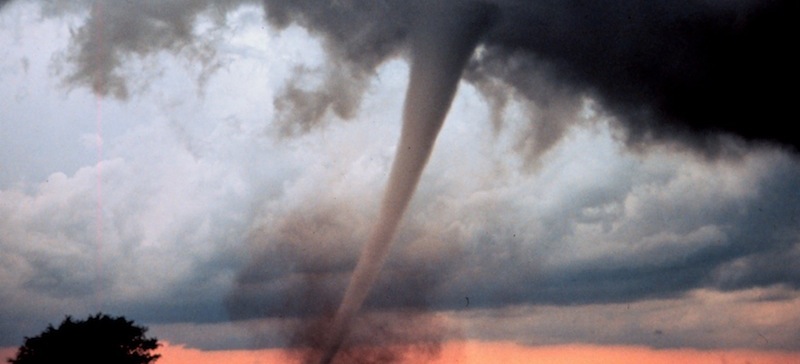 Tornadoes are violent storms that come from powerful thunderstorms. They appear as a funnel- or cone-shaped cloud with winds that can reach up to 300 miles per hour. They cause damage when they touch down on the ground. They can damage an area one mile wide and 50 miles long. Tornado season commonly occurs during the months of March through August, but they can occur at any time. They can happen in any state but are most commonly found in Arkansas, Iowa, Kansas, Louisiana, Minnesota, Nebraska, North Dakota, Ohio, Oklahoma, South Dakota, and Texas - an area of which is commonly called "Tornado Alley". If there are weather or news reports that say there is a tornado in your area, the most important thing to do is to take shelter immediately in a place without windows, such as a bathroom or a basement. "Tornado" was a 14th-century sailor's word for a violent, windy thunderstorm. It may come from the Spanish word tronada, meaning "thunderstorm."
Tornadoes are violent storms that come from powerful thunderstorms. They appear as a funnel- or cone-shaped cloud with winds that can reach up to 300 miles per hour. They cause damage when they touch down on the ground. They can damage an area one mile wide and 50 miles long. Tornado season commonly occurs during the months of March through August, but they can occur at any time. They can happen in any state but are most commonly found in Arkansas, Iowa, Kansas, Louisiana, Minnesota, Nebraska, North Dakota, Ohio, Oklahoma, South Dakota, and Texas - an area of which is commonly called "Tornado Alley". If there are weather or news reports that say there is a tornado in your area, the most important thing to do is to take shelter immediately in a place without windows, such as a bathroom or a basement. "Tornado" was a 14th-century sailor's word for a violent, windy thunderstorm. It may come from the Spanish word tronada, meaning "thunderstorm."
Important Terms To Know:
- Tornado Watch -- Tornadoes are possible. Stay tuned to the radio or television news.
- Tornado Warning -- A tornado has been sighted. Take shelter immediately!
Earthquake
 Earthquakes are the shaking, rolling or sudden shock of the earth’s surface.
Earthquakes are the shaking, rolling or sudden shock of the earth’s surface.
Earthquakes happen along cracks (called fault lines) in the earth's surface. Earthquakes can be felt over large areas although they usually last less than one minute.
Earthquakes cannot be predicted -- although scientists are working on it! Earthquakes are measured by something called a Richter scale. While earthquakes are common on the West Coast, they can occur in 45 states and territories across the United States.
In an earthquake, remember to DROP, COVER and HOLD ON. DROP to the floor and get under something for COVER and HOLD ON until the shaking stops. Earthquakes are sometimes called temblors, quakes, shakers or seismic activity. In 1280, "earthquakes" were called "eorthequakynge".
Fire Emergencies
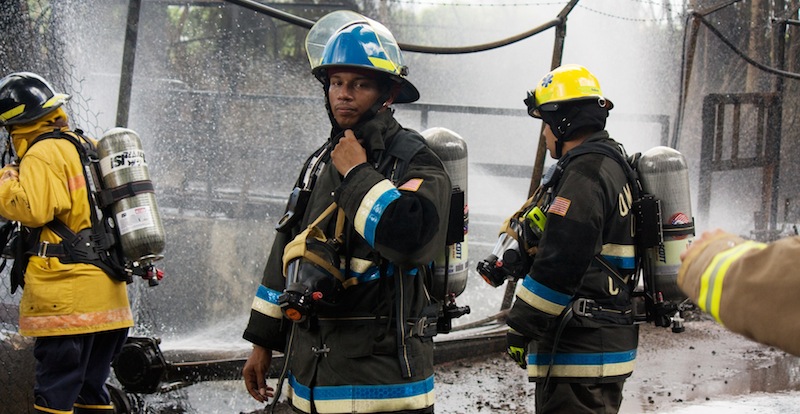 Fires are unexpected events that can happen anywhere at school, at home, in a store or shopping mall or even in the outdoors in a forest or field. It is important to always know where the emergency exits are and to remember to be calm during a fire emergency. The most important thing you can do during a fire is listening to the direction of adults around you, like your teacher or parent. Remember to use the stairs (NEVER use an elevator) to leave the building or fire area right away and then call 911.
Fires are unexpected events that can happen anywhere at school, at home, in a store or shopping mall or even in the outdoors in a forest or field. It is important to always know where the emergency exits are and to remember to be calm during a fire emergency. The most important thing you can do during a fire is listening to the direction of adults around you, like your teacher or parent. Remember to use the stairs (NEVER use an elevator) to leave the building or fire area right away and then call 911.
At Yellowstone National Park, the average time when fires are reported is 3:03 in the afternoon! This is because fires burn more vigorously during the middle of the day when the sun is very hot. These smoky fires are easily seen and often reported by park visitors!
Flooding
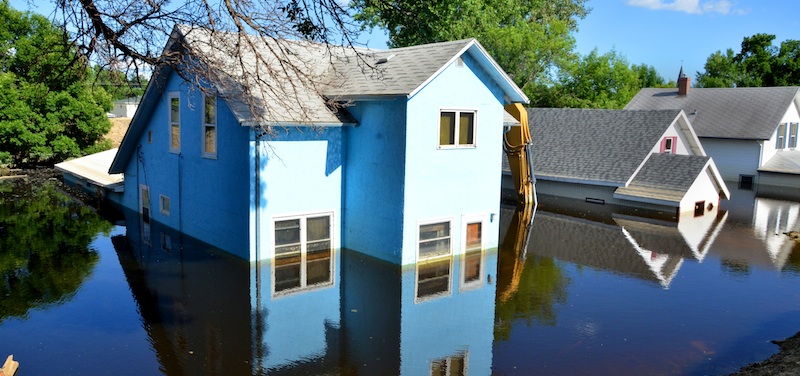 Flooding happens during heavy rains, when rivers overflow, when ocean waves come onshore, when snow melts too fast or when dams or levees break. This is the most common natural weather event and can happen in every U.S. state. Flooding may be only a few inches of water or it may cover a house to the rooftop. Floods that happen very quickly are called flashfloods. It can happen in every U.S. state and territory. Stay as far away from flood water as you can. Moving flood water can be dangerous because it can knock you off your feet. And any type of flood water can be contaminated, meaning it can contain dangerous substances. The word "flood" comes from Old English and means "a flowing of water, river or sea."
Flooding happens during heavy rains, when rivers overflow, when ocean waves come onshore, when snow melts too fast or when dams or levees break. This is the most common natural weather event and can happen in every U.S. state. Flooding may be only a few inches of water or it may cover a house to the rooftop. Floods that happen very quickly are called flashfloods. It can happen in every U.S. state and territory. Stay as far away from flood water as you can. Moving flood water can be dangerous because it can knock you off your feet. And any type of flood water can be contaminated, meaning it can contain dangerous substances. The word "flood" comes from Old English and means "a flowing of water, river or sea."
Important Terms To Know:
- Flood Watch or Flashflood Watch -- Flooding may happen soon. Stay tuned to the radio or television news for more information. If you hear a flashflood warning, talk to an adult immediately!
- Flood Warning -- You may be asked to leave the area. A flood may be happening or will be very soon. Tell an adult if you hear a flood warning.
- If you have to leave the area, remember to bring your Disaster Supply Kit and make arrangements for your pets.
- Flashflood Warning -- A flashflood is happening. Get to high ground right away. Tell an adult!
Tsunami
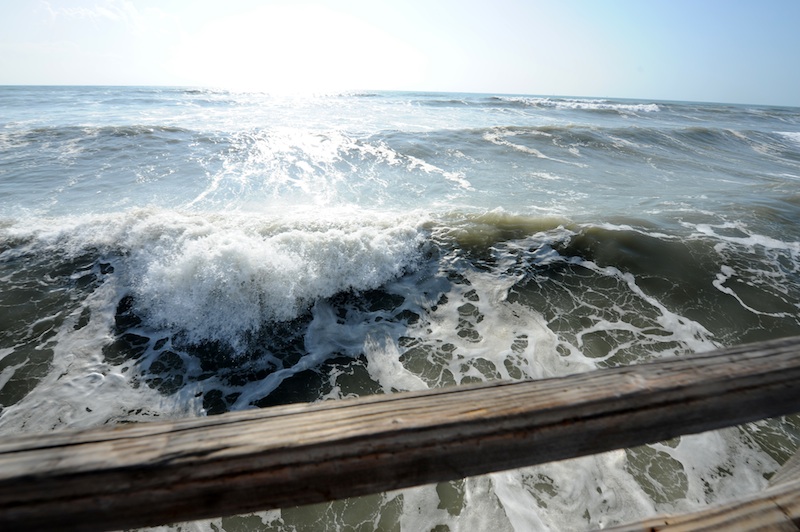 A tsunami (pronounced soo-nahm-ee) is a series of giant waves that happen after underwater movement due to a variety of natural events such as earthquakes, volcanic eruptions, landslides and meteorites. The waves travel in all directions from the area of disturbance, much like the ripples that happen after throwing a rock. The waves may travel in the open sea as fast as 450 miles per hour.
A tsunami (pronounced soo-nahm-ee) is a series of giant waves that happen after underwater movement due to a variety of natural events such as earthquakes, volcanic eruptions, landslides and meteorites. The waves travel in all directions from the area of disturbance, much like the ripples that happen after throwing a rock. The waves may travel in the open sea as fast as 450 miles per hour.
As the big waves approach shallow waters along the coast they grow to a great height and smash into the shore. They can be as high as 100 feet. They can cause a lot of destruction on the shore. Tsunamis generally appear in the Pacific Ocean. Hawaii is the state at greatest risk for a tsunami. They get about one a year, with a damaging tsunami happening about every seven years. Alaska is also at high risk. California, Oregon and Washington experience a damaging tsunami about every 18 years.
If you feel an earthquake in the Pacific Coast area, turn on your battery-powered radio to learn if there is a tsunami warning. If you hear a tsunami warning, and they say to evacuate, do this immediately. "Tsunami" is a Japanese word. Tsu means "harbor" and nami means "wave."
Hurricane
 Hurricanes are severe tropical storms that form in the southern Atlantic Ocean, Caribbean Sea, Gulf of Mexico and in the eastern Pacific Ocean. Hurricanes gather heat and energy through contact with warm ocean waters.
Hurricanes are severe tropical storms that form in the southern Atlantic Ocean, Caribbean Sea, Gulf of Mexico and in the eastern Pacific Ocean. Hurricanes gather heat and energy through contact with warm ocean waters.
Evaporation from the seawater increases their power. Hurricanes rotate in a counter-clockwise direction around an "eye." Hurricanes have winds at least 74 miles per hour.
When hurricanes come onto land, their heavy rain, strong winds and large waves can damage buildings, trees and cars. The heavy waves are called a storm surge. Storm surges are very dangerous and it is important to take shelter during a hurricane and listen to the television or radio for instructions. "Hurricane" comes from the Spanish word huracan.
Terrorism
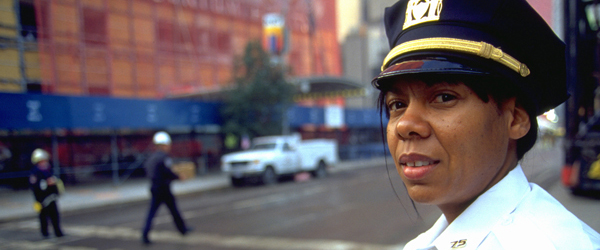
Terrorism is the use of threat or violence to scare governments into changing their policies.
A terrorist can be an individual or a member of an organization. The attacks on the World Trade Center and the Pentagon on September 11, 2001, are examples of acts of terrorism.
Talk to your parents or teachers if you have questions about this type of emergency. The word "terrorism" first appeared in France (terrorisme) in 1795.

